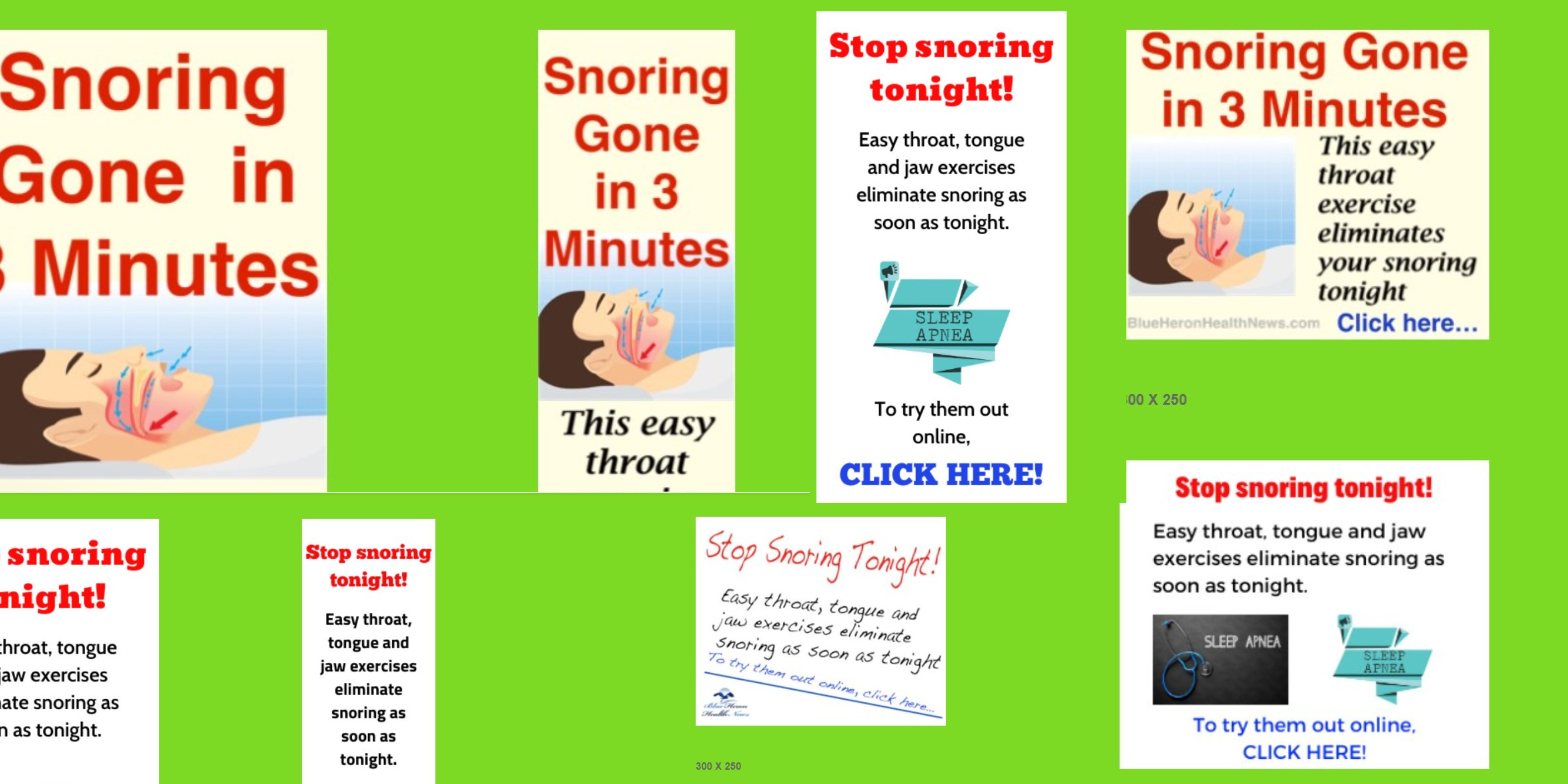
Ever woken up feeling like you’ve barely slept, even after a full night? This might be more than just a bad night. It could be sleep apnea, a serious condition that affects millions without them knowing. In this article, I’ll help you spot the signs, get diagnosed, and find ways to treat it. Let’s uncover the mystery of sleep apnea and how I’ve managed mine. That is why Understand and Manage Your Sleep Apnea

Understand and Manage Your Sleep Apnea
A serene bedroom scene featuring a cozy bed with a CPAP machine on the nightstand, soft ambient lighting, a window showing a peaceful night sky, and soothing colors that convey relaxation and tranquility.
Key Takeaways
- Sleep apnea is a serious sleep disorder that can disrupt your life.
- Recognizing symptoms early can lead to timely diagnosis and treatment.
- There are various sleep apnea treatment options to explore.
- Understanding your condition is vital for effective management.
- Lifestyle changes can significantly improve sleep quality.
- Support from healthcare providers and communities is beneficial.
Understand and Manage Your Sleep Apnea: What is sleep apnea?
Sleep apnea is a serious sleep disorder. It causes breathing to stop and start many times during sleep. These pauses can last from a few seconds to minutes. They happen many times at night.
Knowing what sleep apnea is is key. It helps us understand its effects on health and well-being.
The sleep apnea definition includes several types. But the main ones are:
- Obstructive Sleep Apnea (OSA): This is the most common type. It happens when the throat muscles relax and block the airway during sleep.
- Central Sleep Apnea (CSA): This type occurs when the brain doesn’t send signals to the breathing muscles.
- Complex Sleep Apnea Syndrome: This is a mix of obstructive and central sleep apnea.
Each type needs its own understanding for treatment. I stress how important it is to know these types of sleep apnea. This ensures we get the right care quickly.
| Type of Sleep Apnea | Cause | Common Symptoms |
|---|---|---|
| Obstructive Sleep Apnea (OSA) | Airway blockage | Loud snoring, gasping during sleep |
| Central Sleep Apnea (CSA) | Brain’s failure to communicate with muscles | Shortness of breath, insomnia |
| Complex Sleep Apnea Syndrome | Combination of OSA and CSA | Mixed symptoms from both types |
Understand and Manage Your Sleep Apnea: Recognizing Symptoms of Sleep Apnea
It’s key to know the signs of sleep apnea early. The symptoms can differ for everyone. Spotting them early helps improve life quality. I’ve seen some signs in my daily life.
Common Signs to Watch For
Some common symptoms of sleep apnea include:
- Loud snoring, often reported by sleep partners.
- Gasping or choking sensations during sleep.
- Persistent excessive daytime sleepiness.
- Difficulties concentrating and memory problems.
- Mood changes, including irritability and depression.
These signs can alert us to the need for action. I’ve felt these symptoms affect my focus, leading me to get medical help.
How Symptoms Impact Daily Life
Sleep apnea’s effects go beyond just sleep. It can lead to health issues. Feeling tired all the time makes it hard to work and socialize.
| Daily Life Effects | Health Implications |
|---|---|
| Decreased energy levels | Increased risk of hypertension |
| Difficulty concentrating | Elevated risk of diabetes |
| Irritability and mood swings | Heightened risk of heart disease |
These effects show why managing sleep apnea is crucial. Without action, the long-term effects can be severe. I’m focusing on improving my health.

Understanding the Causes of Sleep Apnea
It’s important to know why sleep apnea happens to manage and prevent it. There are two main types: obstructive and central sleep apnea. Each has its own reasons. Knowing what causes obstructive sleep apnea helps in finding the right treatment for each person.
Obstructive Sleep Apnea Explained
Obstructive sleep apnea (OSA) happens when throat muscles relax too much during sleep. This blocks the airway. Factors that can lead to OSA include:
- Obesity: Being overweight can make the airway narrower.
- Enlarged Tonsils: Bigger tonsils can block airflow, especially in kids.
- Anatomical Variances: Some people are born with a narrower airway.
- Age: As we get older, our muscles relax more, increasing the risk.
Knowing these causes helps me take steps to prevent OSA. For example, losing weight is a key part of managing my symptoms.

Central Sleep Apnea: What You Need to Know
Central sleep apnea (CSA) is rarer and happens when the brain can’t send the right signals to breathe. It’s linked to several causes, including:
- Heart Failure: A serious heart problem can mess with brain signals.
- Stroke: Brain damage from a stroke can affect breathing control.
- Other Neurological Disorders: Diseases like Parkinson’s can also impact breathing.
Understanding CSA helps me find the right treatment. Knowing both types of sleep apnea lets me manage them better, tailored to my needs.
Diagnosing Sleep Apnea
Understanding how to diagnose sleep apnea is key to effective treatment. If I think I might have sleep apnea, I start with a visit to my healthcare provider. They do a physical check-up and look over my medical history. Then, they suggest sleep apnea tests to confirm the diagnosis and plan treatment.
Consulting with Your Healthcare Provider
Talking to a healthcare provider about sleep apnea is a crucial first step. In this meeting, I share my symptoms in detail. This helps my doctor understand my situation better. They ask about my sleep quality, daytime tiredness, and any breathing issues at night.
Types of Diagnostic Tests
Polysomnography is the main test for sleep apnea. It tracks brain activity, eye movement, heart rate, and breathing while I sleep. It gives a detailed look at my sleep patterns. Home sleep apnea tests are also an option, but they might not be as detailed as polysomnography.

Understand and Manage Your Sleep Apnea
A cozy bedroom setting with a sleep apnea diagnostic device beside an unmade bed, soft lighting casting gentle shadows, a CPAP machine with a mask on the pillow, various sleep monitoring gadgets displayed on a bedside table, and an open window revealing a peaceful night sky, creating an atmosphere of calm and focus on sleep health.
Identifying Sleep Apnea Risk Factors
It’s important to know the risk factors for sleep apnea. Some traits can increase your chance of getting it. This affects your sleep and health.

Age, Weight, and Gender Considerations
Age, weight, and gender all play a part in sleep apnea risk. As I got older, my risk went up. Older people are more likely to get it.
My weight also matters. Being overweight can block my airway, making sleep apnea worse. Men are more likely to get it than women, which shows gender is a factor too.
Understand and Manage Your Sleep Apnea: Family History and Lifestyle Effects
My family’s history with sleep apnea is important. If my relatives had it, I’m at higher risk. It’s because of genes.
My lifestyle choices also affect my sleep apnea. Smoking and drinking too much alcohol make symptoms worse. Not being active enough can also make it worse. Knowing this, I’ve started making healthier choices to improve my sleep.
| Risk Factor | Impact on Sleep Apnea |
|---|---|
| Age | Increased risk with advancing age |
| Weight | Significant contributor to airway obstruction |
| Gender | Males are at higher risk compared to females |
| Family History | Genetic predisposition to sleep apnea |
| Lifestyle Choices | Smoking and alcohol use worsen symptoms |
Exploring Treatment Options for Sleep Apnea
Understanding the different ways to treat sleep apnea is key. Each method has its own benefits. This lets people pick what works best for them.
C-PAP Machine: How It Works
The CPAP machine is a main tool for fighting sleep apnea. It uses constant air pressure to stop the airway from closing during sleep. Using a CPAP machine regularly has greatly improved my sleep.
A CPAP machine that fits just right is crucial. It ensures the air flows well and keeps you comfortable. This leads to better sleep and less tiredness during the day.
Oral Appliances and Other Alternatives
Oral appliances are another option for sleep apnea. They move the jaw and tongue to keep the airway open. Some find these devices helpful, especially if CPAP therapy doesn’t work for them.
Other choices include positional therapy, which helps by making you sleep on your side. For severe cases, surgery might be needed.

Understand and Manage Your Sleep Apnea
A serene bedroom scene featuring a stylish CPAP machine on a bedside table, with a comfortable bed adorned in calming colors, soft pillows, and a gentle nightstand lamp casting warm light. The background should include a peaceful window view of nature, with moonlight filtering through sheer curtains, creating a tranquil atmosphere that emphasizes the importance of restful sleep.
| Treatment Option | Description | Effectiveness |
|---|---|---|
| CPAP Machine | Delivers constant airflow to prevent airway blockage. | Highly effective for most users. |
| Oral Appliances | Devices that reposition the jaw to keep airways open. | Effective for mild to moderate cases. |
| Positional Therapy | Encouraging nonsupine sleeping positions. | Moderately effective for some users. |
| Surgical Options | Invasive techniques to correct anatomical issues. | Effective for severe sleep apnea cases. |
Implementing Lifestyle Changes for Better Sleep
My journey to manage sleep apnea showed me the power of lifestyle changes. Diet, exercise, and a consistent sleep routine were key. These changes greatly improved my overall health.
Diet and Exercise as Sleep Quality Boosters
Choosing the right foods and staying active helped me fight sleep apnea. Eating fruits, veggies, whole grains, and lean proteins kept me healthy. Losing weight was also crucial, especially for those with obstructive sleep apnea.
Regular exercise, like walking or swimming, also boosted my sleep. It was good for my health too.
Establishing a Consistent Sleep Routine
Creating a reliable sleep routine greatly improved my sleep. I stuck to a consistent sleep schedule, going to bed and waking up at the same time every day. This helped my body’s internal clock, leading to better sleep.
Keeping to this routine helped me fall asleep quicker and wake up feeling better.
| Activity | Benefits |
|---|---|
| Balanced Diet | Supports weight management and overall health |
| Regular Exercise | Enhances sleep quality and helps with weight loss |
| Consistent Sleep Schedule | Improves sleep hygiene and regulates the body’s clock |
Understanding the Role of Continuous Positive Airway Pressure (CPAP) Therapy
CPAP therapy is key in managing sleep apnea. It offers many benefits to users. I’ve seen firsthand how it can change lives. The machine cuts down on snoring, boosts sleep quality, and lowers health risks.
Users often feel more alert and cheerful. This is thanks to the therapy.
Benefits of Using a CPAP Machine
CPAP machines are designed to work well. Knowing how they work is important. Here are some key benefits:
- Enhanced Sleep Quality: CPAP therapy ensures uninterrupted airflow, leading to better sleep.
- Reduced Snoring: It keeps airways open, reducing or eliminating snoring.
- Improved Daytime Alertness: Regular use helps fight off daytime tiredness, improving focus.
- Lower Health Risks: It can lower the risk of diseases like hypertension and heart disease.
Overcoming Common Challenges with CPAP Use
While CPAP therapy has many benefits, it also has challenges. Some people find the mask uncomfortable, hear machine noise, or struggle to find a good fit. It’s important to address these issues early on. Here are some tips I’ve found helpful:
- Try Different Masks: Trying out different masks can make wearing it more comfortable.
- Adjust Settings: Changing the pressure settings might help with discomfort.
- Clean Equipment Regularly: Keeping the equipment clean can prevent irritation and ensure it works well.
- Join Support Groups: Connecting with others can offer motivation and solutions to common problems.
By facing challenges head-on and using CPAP machines effectively, one can enjoy all the benefits. This leads to better sleep and overall health.
Understand and Manage Your Sleep Apnea: Support and Resources for Managing Sleep Apnea
Finding support and resources is key to managing sleep apnea. Working with healthcare professionals can lead to personalized treatment plans. This is crucial for making lifestyle changes.
I learned the importance of talking openly with my doctors. This ensures a complete approach to my treatment.
Working with Healthcare Professionals
Healthcare professionals for sleep apnea include doctors and specialists. They offer tailored advice and treatment options. They assess each case to create effective plans, improving quality of life.
Regular check-ups help track progress and adjust strategies. Working with healthcare providers has been invaluable. It ensures I get the right support.
Online Communities and Support Groups
Online communities for sleep apnea offer shared experiences and encouragement. These platforms are valuable resources for connecting with others. Engaging in support groups helps exchange tips and emotional support.
I found a sense of belonging and understanding. This helped me navigate my journey more effectively.
| Resource Type | Examples | Benefits |
|---|---|---|
| Healthcare Professionals | Sleep doctors, therapists, and primary care physicians | Tailored treatment plans and continuous support |
| Support Groups | Local and online sleep apnea support groups | Emotional support and shared experiences |
| Online Communities | Forums, social media groups, and websites | Information sharing and diverse perspectives |
Staying Informed About Sleep Apnea Research and Advances
Research on sleep apnea is always changing, showing new ways to treat it. Keeping up with the latest news helps me choose the best treatment. I follow sleep apnea technology updates from trusted sources to learn about new tools for better sleep.
Latest Treatments and Technologies
New studies on sleep apnea bring exciting ideas, like new drugs and oral devices. These innovations make treatment more effective and comfortable. Knowing about the benefits of sleep apnea research lets me update my treatment plan with the latest science.

How New Research Can Benefit You
Staying current with sleep apnea breakthroughs can greatly improve your treatment. By using the newest discoveries, I can improve my health. The constant flow of new findings in sleep apnea reminds me of the value of staying informed, leading to a better life.
Conclusion
Understanding and managing sleep apnea is a complex but achievable process. Recognizing symptoms and getting the right diagnosis are key steps. I’ve found that exploring treatment options and making lifestyle changes are crucial.
This article shows the importance of being proactive about sleep health. It shares insights from experts and resources available today. By making informed decisions, anyone can improve their sleep quality and health.
As I wrap up on sleep apnea, I urge others to use the tools and strategies from this guide. Every step towards better sleep can lead to a healthier life. For more support, check out trusted products that help manage sleep apnea.











